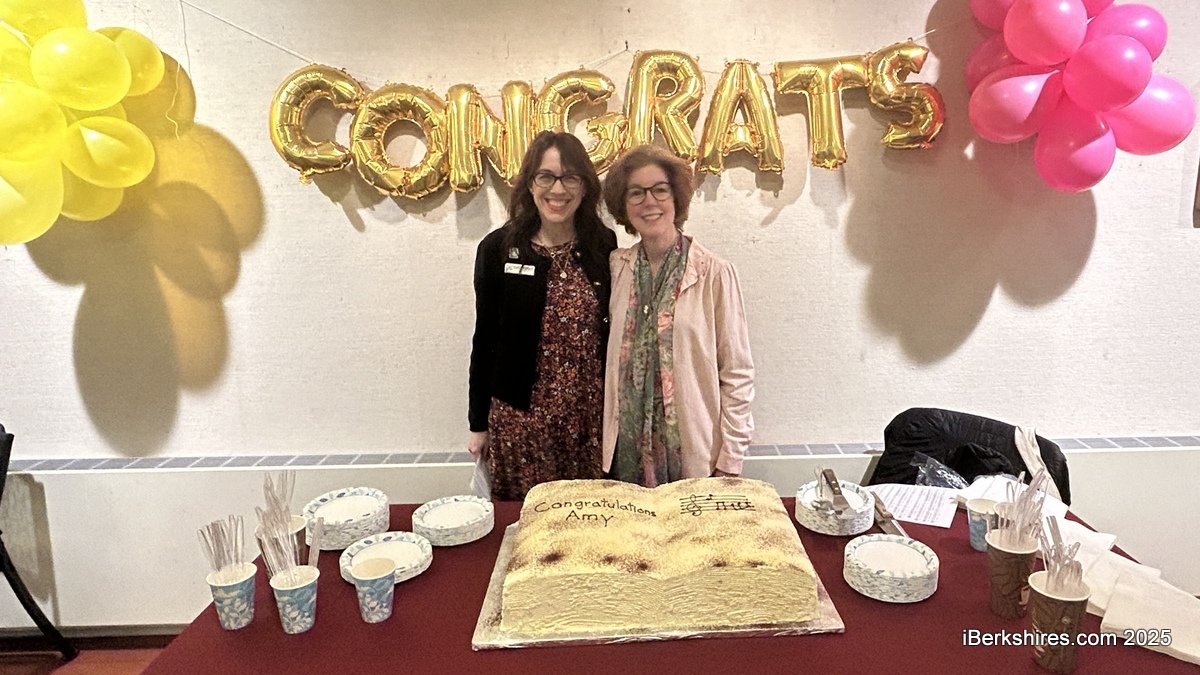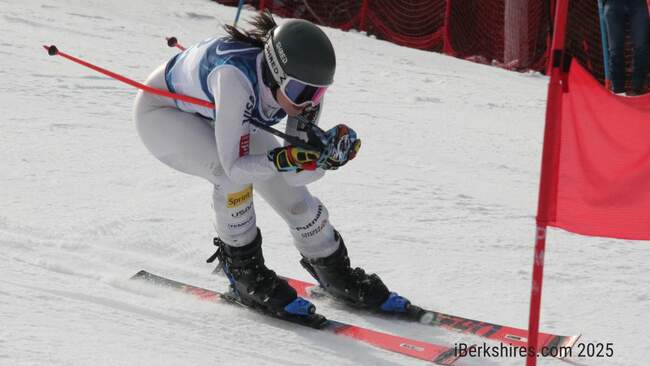
South County Residents Unhappy With PCB Cleanup Plans
 Dennis Regan of the Housatonic Valley Association said dredging isn't pretty, but it is necessary. |
The meeting, which was organized by the Housatonic River Initiative, addressed General Electric’s proposal to remove PCBs from the river and put them in at least three strategic landfill sites in South County, including Lee, Lenox Dale and Housatonic. This proposal, according to the river group's Executive Director Tim Gray, is unacceptable.
“If you read their corrective measures report, which is a 1,200-page document with several hundred pages of appendices, they say it’s an ecologically sensitive clean up, but it’s not,” he said. “We started back in 1991 to get GE to clean up their mess, to clean up our river. In the first leg of the settlement in 2000, they took the PCBs from the river and dumped them next to an elementary school!”
Gray said three of the proposed sites for dumping the PCBs are Forest Street in Lee, the Lane Construction property on the Lee and Lenox Dale line, and next to Rising Pond in Housatonic, which is already owned by GE. The good news, he said, is that HRI has invited representatives from Bio Tech, a company that creates PCB-destroying bacteria, to the Berkshires to see what can be done about eliminating the toxic substances altogether after they are dredged.
GE used PCBs, or polychlorinated biphenyls, in manufacturing transformers at its Pittsfield plant. The organic compound has been linked to cancer and neurological disorders, among other health issues. The company has spent more than $450 million in cleaning up the river and lands contaminated with PCBs in Pittsfield; the "Rest of the River" cleanup phase affects South County towns along the Housatonic.
The state held a public listening session on the options in October after the release of a 1,200-page corrective measures report by GE.
“The whole reason for this meeting is to get the community talking,” he said. “There’s more than just HRI on the scene here. [Bio Tech is ] coming in about a month and we have until December 15 to put in our comments to the EPA. It’s a free process and all of us have a chance to say our piece.”
But there was no making peace with the cleanup options, as many in attendance expressed concern both for letting the PCBs remain and be capped and for dredging the entire river at the expense of the wildlife that has settled there. Georgia Douillet of Great Barrington said both options are cause for serious concern.
“I’ve lived on this river for 15 years and I don’t see how you can dredge up tons and tons of soil and then turn your back on it,” she said. “Diversity equals stability. We’ve never had anything discussed except at the macro level. It’s a much more complicated thing than saying this is a pretty river or this is not a pretty river. How does all of this affect the balance of the river and the property values along the river?”
According to Dennis Regan, director of the Housatonic Valley Association, a full dredging won’t be pretty.
 Barbara Cianfarini of the Citizens for PCB Removal advocates for total removal. |
While environment and aesthetic were chief concerns, others pointed to the human consequence of not opting to remove and eradicate the PCBs entirely. William Shein of Alford said the most important issue is the toll on people, not critters.
“The public health question seems to be ultimately paramount,” he said. “What do we know about the contamination in us?”
Barbara Cianfarini of the Citizens for PCB Removal was quick with an answer to the human question.
“Removal is the only way to deal with PCBs,” she said. “You don’t cover them up. We started getting really concerned about the number of GE workers and their families with cancer, so we made a pushpin map of people with cancer. Red was for those who died and green was for those still living. The board looked like a case of measles, especially in the Lakewood area. I care about the people in my life. This stuff is making people sick.”
The EPA will continue to consider public comments and suggestions on the Housatonic River cleanup until Dec. 15. Submit your comments by e-mail to svirsky.susan@epa.gov or by mail to Susan Svirsky, EPA Rest of River Project Manager, 10 Lyman St., Pittsfield MA, 01201.
More information about the river and groups concerned about the PCB, go to Save the Housatonic.
















